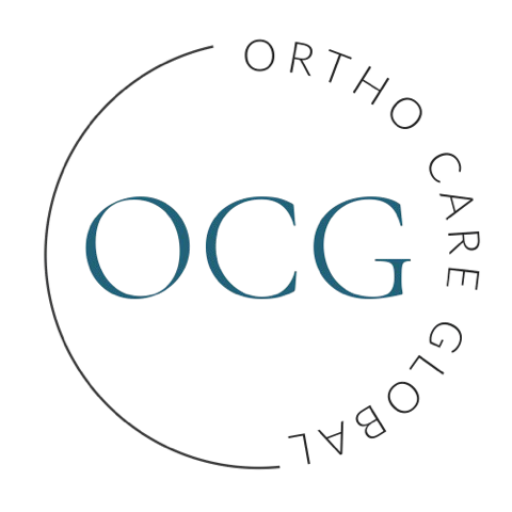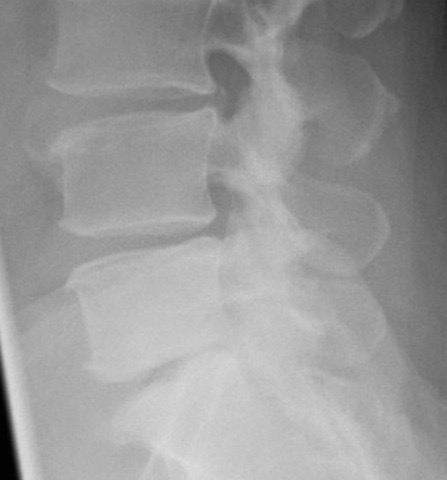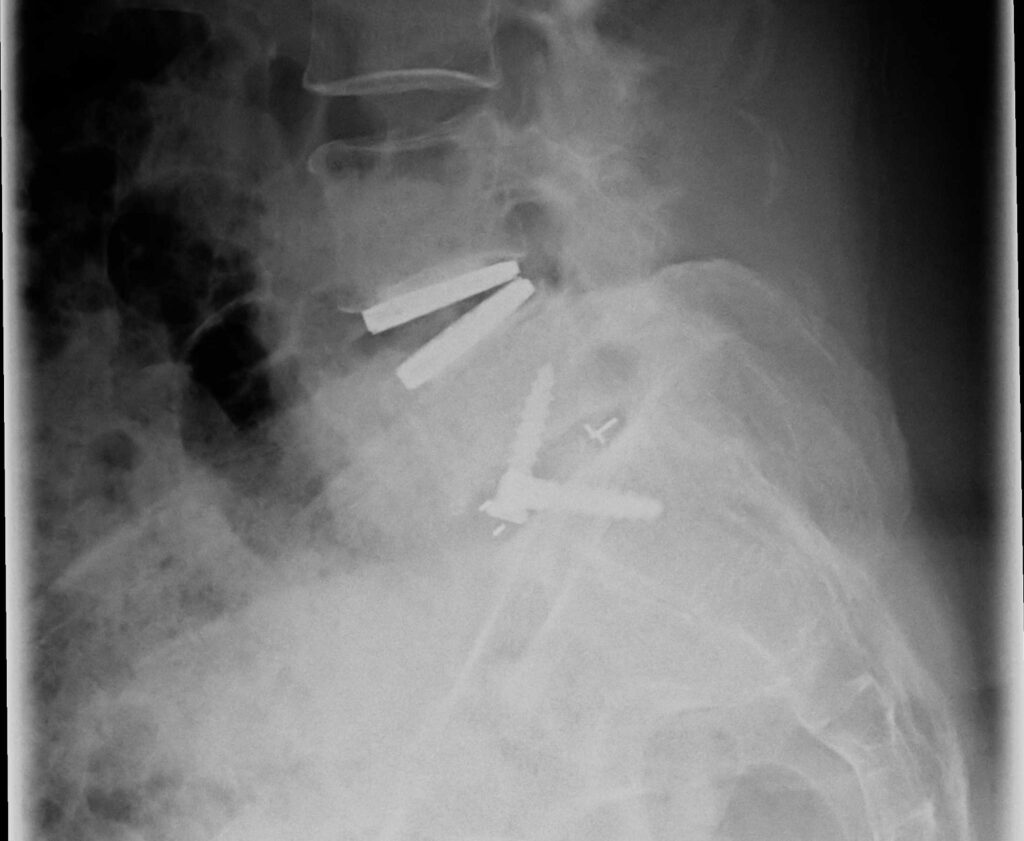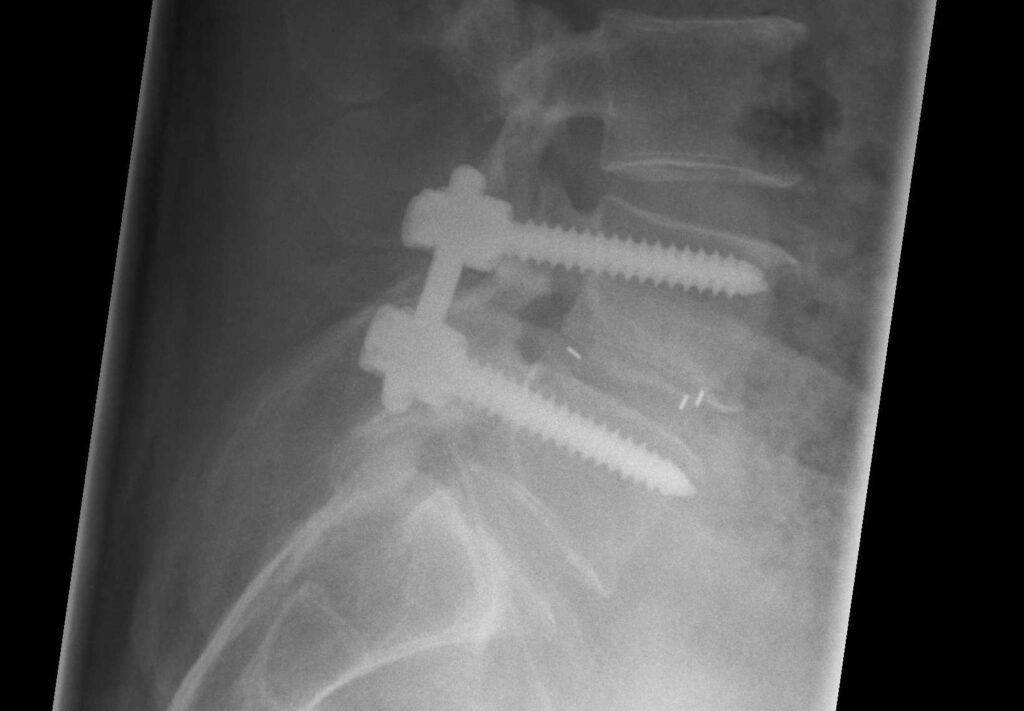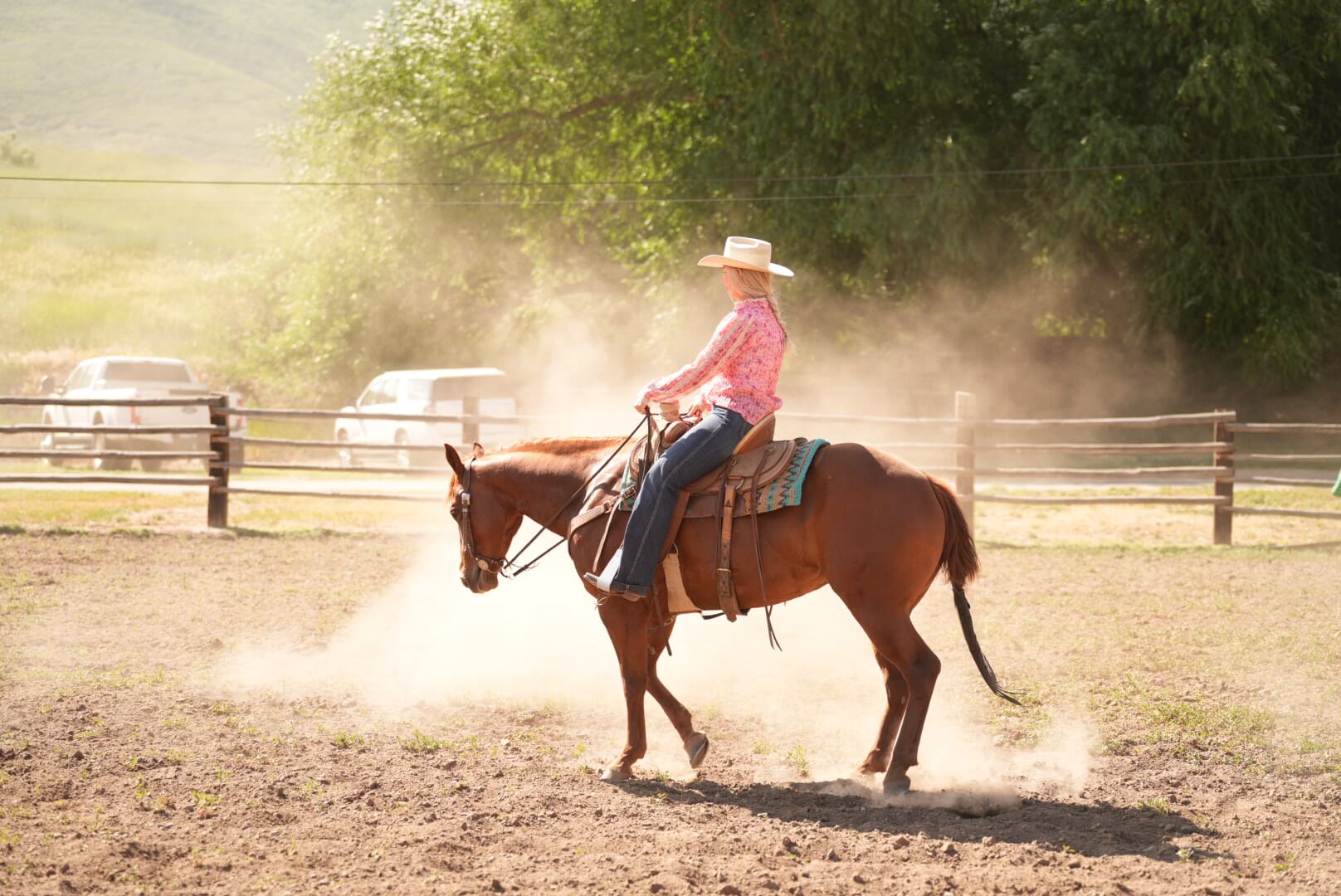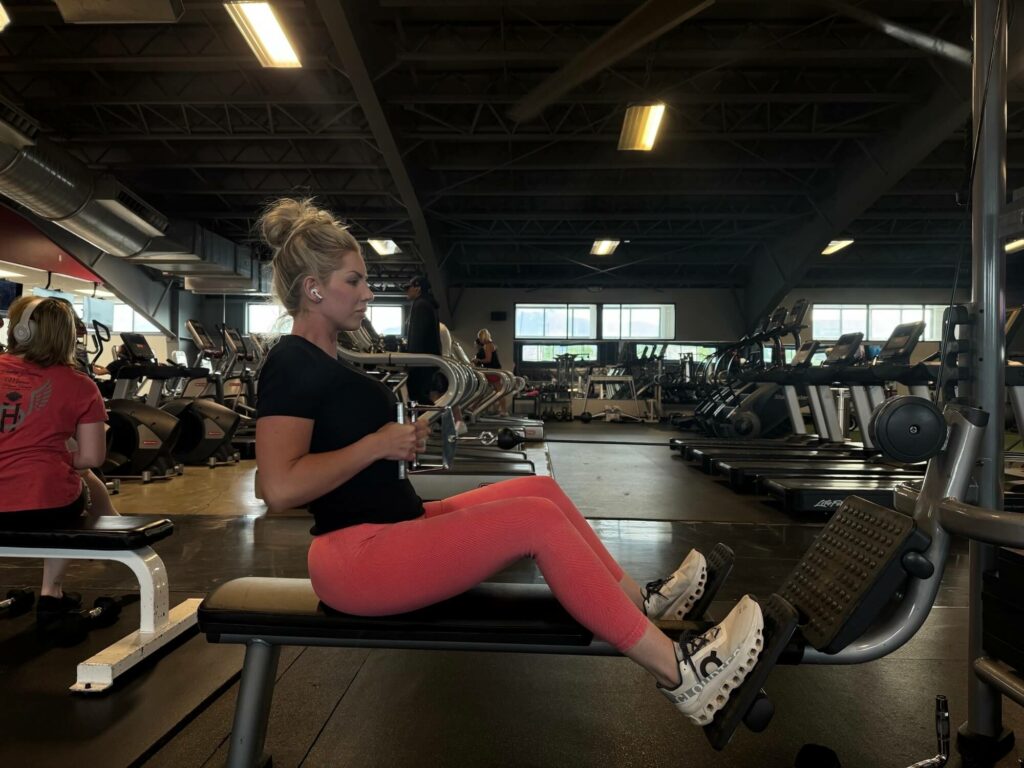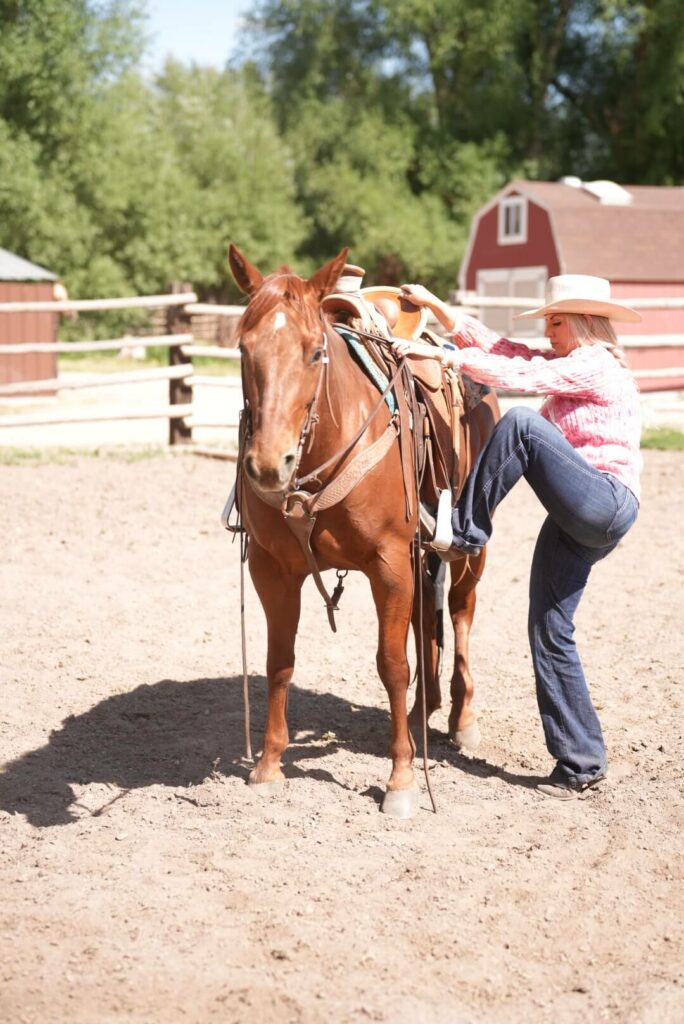Symptoms, diseases and medical Treatment
Spine
Diseases of the spine are predominantly degenerative in nature. The spine changes as a result of biological ageing processes, which can lead to changes that are associated with pain and functional disorders. Inflammatory, tumor-related and post-traumatic changes will not be discussed in detail here. Overall, degenerative changes can lead to instability of the spine and constriction of the spinal canal with compression of the spinal cord or the emerging nerve roots. The severity can vary from simple disc degeneration to complex misalignments such as scoliosis or spondylolisthesis. In the past, surgical procedures on the spine were considered highly risky and controversial, but this picture has changed considerably. We now know that surgical treatment is often far superior to frustrating conservative therapy when it comes to regaining a normal quality of life.
The decisive factor will always be the differentiated and individualized indication for surgery. In addition to taking a detailed medical history, which usually outlines the development of the condition, a coordinated imaging diagnosis is carried out. The standard X-ray examination and MRI are usually sufficient. In rare cases, CT, myelography with post-myelo-CT or scintigraphy may be necessary.
Medical solutions
Artificial Disc Replacement
The intention of using artificial discs stems from the idea of preserving the natural function of the spine and avoiding progressive subsequent degeneration. Artificial discs have been used in the lumbar spine for over 40 years and in the cervical spine for more than 20 years. The design of the implants is very different; prostheses of earlier generations were never able to mimic the complete function of a healthy intervertebral disc. The different biomechanical designs in the development of cervical and lumbar prostheses have always indicated different biomechanical advantages and disadvantages. However, we currently know from various studies that the biomechanical principle of the prosthesis does not play a significant role in the outcome. This means that the prosthesis can function for 60 to 75 years.
When correctly indicated, the available internationally published studies of recent years show that disc prosthetics are superior to fusion and conservative treatment. The most important aspect here is that a large percentage of patients can lead a completely normal life after disc prosthesis treatment. Regardless of their occupation or preferred sports, a high level of resilience is possible.
Our team currently oversees over 8,000 patients with over 10,000 implants, including over 5,000 patients with over 6,500 implants in the lumbar spine and over 3,000 patients with over 4,300 implants in the cervical spine.
The complication rate is around 1.4%, with the majority of complications being manageable or negligible without additional revision surgery.
Dual solutions (hybrid)
Hybrid intervention refers to a combination of motion-preserving and fusion surgery. This means that different surgical techniques are used depending on the initial pathology in one section of the spine.
The indications are very individual and are always strictly based on the findings.
We can look back on more than 1500 such operations, with complication rates roughly comparable to those of fusion techniques.
Fusion
The term fusion has a negative connotation in the medical layman’s mind with the idea of the resulting immobility and perceived high complication rates. This does not correspond to reality. Modern fusion techniques, such as isolated ventral fusions (ALIF), ventrodorsal fusions (360° fusion), dorsal fusions with or without cages (PLIF, TLIF, etc.) and complex corrective spondylodeses, transform a painful spinal pathology into a painless or pain-free weight-bearing condition with improved quality of life. The development of minimized access techniques and the development of implants over the last 30 years has shown an increasing reduction in complication rates with a significant improvement in clinical success.
The result is highly dependent on the correct indication and the surgeon’s experience. Studies clearly show that fusion is clearly superior to conservative pain therapy for suitable structural pathologies.
Over the last 30 years, our team has successfully performed more than 14,000 fusion procedures in more than 18,000 spinal operations, whereby the complication rate of 4.6% is higher than for intervertebral disc prosthesis procedures due to the patient structure. However, this is also due to the complexity of the initial situation that the patient brings to the treatment process (age, secondary diseases, previous operations, etc.)
Start Your Medical Evaluation
Fill out our secure online form and get expert treatment recommendations from top European surgeons — no commitment required.
